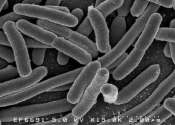A virtual twin: Can virtual drivers resembling the user increase trust in smart cars?
Human error is estimated to cause more than 90% of traffic accidents, a percentage that might be drastically reduced by the implementation of self-driving cars featuring smart systems that control most aspects of driving. ...









